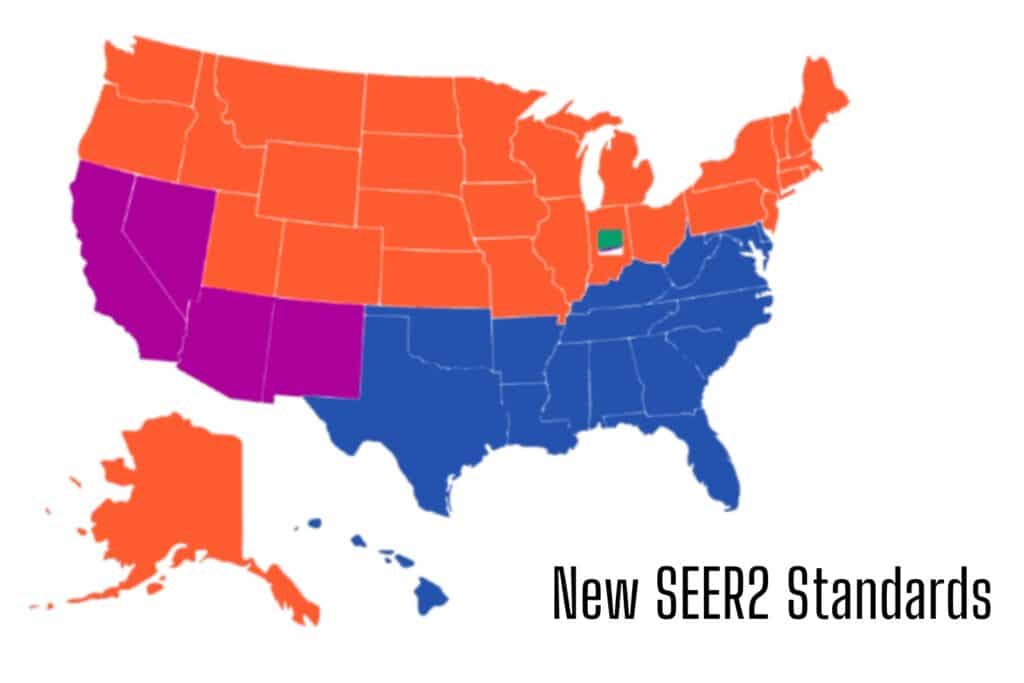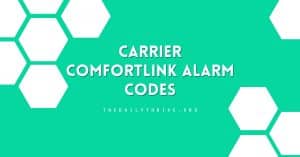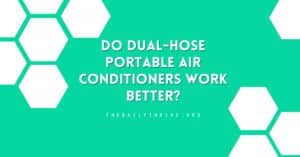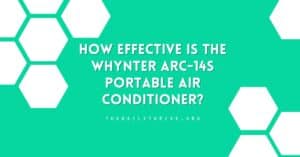All air conditioning and heat pump units installed in the United States must meet the updated SEER2 standards by January 1, 2023, deadline. The U.S. Department of Energy (DOE) provides guidance for equipment efficiencies in accordance with the Energy Policy and Conservation Act (EPCA) of 1975. The Seasonal Energy Efficiency Ratio 2 (SEER2) standard replaces the previous SEER standard and requires higher minimum efficiency ratings.
What is SEER2 regulation?
SEER2 is a new standard measure of efficiency for central air conditioning systems that replaces SEER. SEER2 provides a more accurate representation of real-world performance and accounts for poorly designed ductwork that can negatively impact energy consumption. SEER2 ratings will be approximately 5% lower than SEER ratings, so it’s important to check that your equipment meets the new standards.
The following products will be affected by SEER2 regulations:
- Air conditioner (condensing units)
- Heat pumps
- Single packaged units
- Evaporator coils
- Gas furnaces
What are the New SEER2 Standards?
The U.S. Department of Energy (DOE) currently has a minimum energy conservation standard of 13 SEER in the North and 14 SEER in the South. Under SEER2, the United States is divided into three regions: North, Southeast (including Florida), and Southwest. Each region has specific climate and heating and cooling needs, so the new SEER2 requirements will impact each region differently.
Here are the minimum equipment efficiency rating changes for each region:
- North Region: Residential air conditioners must have a SEER2 rating of 13.4 (or SEER of 14).
- Southeast Region: Residential air conditioners below 45,000 BTUs must have a SEER2 rating of 14.3 (or SEER of 15). Air conditioners 45,000 BTUs: 65,000 BTUs must have a SEER2 rating of 13.8 (or SEER of 14.5).
- Southwest Region: Residential air conditioners below 45,000 BTUs must have a SEER2 rating of 14.3 (or a SEER of 15) and an EER2 of 11.7 (9.8 EER2 if SEER2 ≥ 15.2). Residential air conditioners 45,000 BTUs: 65,000 BTUs must have a SEER2 rating of 13.8 (or a SEER of 14.5) and an EER2 of 11.2 (9.8 EER2 if SEER2 ≥ 15.2).

What do homeowners need to know?
SEER2 is a game-changer that will make air conditioners even more efficient. It’s like the DOE increasing the minimum SEER in years past, but they’ve moved the goalposts this time. So, what does this mean for you?
- Every air conditioner available for purchase in the Southeast in 2023 will have a minimum SEER2 of 14.3. The minimum SEER2 for Southwestern states will also be 14.3, and for Northern states, it will be 13.4.
- With great efficiency comes a higher price tag. New air conditioners will be more expensive because it costs more to manufacture a more efficient system. However, it’s important to remember that the long-term savings on your energy bills could offset the initial cost.
SEER2 is a positive change that will benefit our environment and your wallet. More efficient air conditioners can reduce our energy consumption and lower our carbon footprint. So, prepare for SEER2 and stay cool, comfortable, and environmentally conscious.
In summary, the new SEER2 standards will impact anyone planning to install a new air conditioning or heat pump system shortly. Ensure that your equipment meets the new efficiency ratings to ensure compliance with the law and save on energy costs in the long run.






